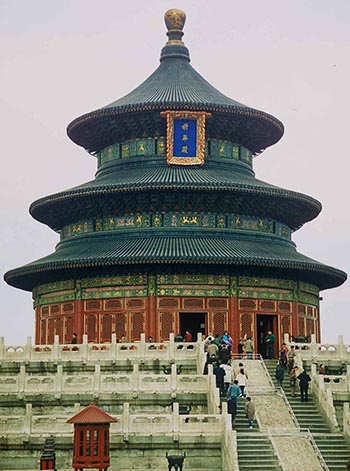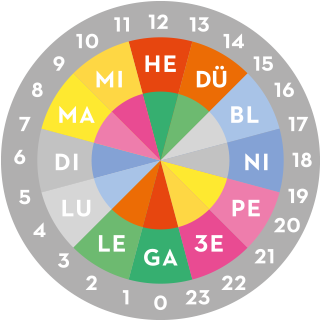Traditional Chinese Medicine

The message of TCM is:
„Every man is the master of his health if he follows the particular rules of nature’s game“
TCM is an umbrella term for a variety of therapeutic methods that originate from China, around 2.500 years ago. TCM is the first complete medicinal system that recognises and treats both outside (environment, air, climate etc.) and inside (emotions, age etc.) influences in the sense of so-called psychosomatic complaints.
Its goal was always to sustain health and prevent illnesses, making TCM an antique form of modern preventive medicine. The experience and knowledge of several masters was taught and passed on in schools. Due to the vast size of, and stark regional differences within China, there was a variety of, sometimes competing, doctrines. Many individual TCM methods emerge from the knowledge stored in family traditions and are passed on via the classic master-apprentice principle or stay within the family. If an apprentice can not prove his/her worthiness of obtaining the knowledge, the master would rather take his secrets to his grave than pass them on.
As in the history of western medicine, there have been particularly prosperous periods of development for TCM. The Han Dynasty (206 BC to 220 AD) saw the emergence of several seminal works that form the foundation of TCM knowledge until this day. These works include one of the most important fundamental works for acupuncture – “Huang Di Nei Jing”, the book of the yellow emperor; the fundamental work for Chinese pharmacology – “Shen Nong Ben Cao Jing”, the god of agriculture’s materia medica; a book about coldness-induced illnesses – “Shang Han Za Bing Lun”.
Concepts from Taoist philosophy and its idea of the human as the middle point between sky (Yang) and earth (Yin) that must live in nature’s rhythm, as well as the hierarchical structures from Confucianism played formative roles in the development of Chinese medicine.
Many TCM Universities were closed during the Cultural Revolution (1966) as masters were sent to the countryside to work in agriculture. This resulted in significant losses of traditional knowledge. The necessity of maintaining the provision of healthcare, particularly for the large rural population, prompted the government to employ short-term educational programmes that lasted only a few months in order to train laymen and send them to treat people in the countryside. These new “experts” came to be known as “barefoot doctors”. It wasn’t until modern times that China rediscovered its almost infinite wealth of medicinal knowledge. The country is now trying to develop TCM and western medicine in parallel.
Apart from acupuncture, which has become well established in the west, Chinese medicine has many other therapeutical methods that have not reached us yet:
- Chinese pharmacology
- Chinese dietetics
- Tuina-Massage
- Chinese school of movement: Taiji, Qi Gong
- Chinese geomancy: Feng Shui
All of the above fields have one common purpose: to protect man from disease and disaster while helping to maintain the dynamism of his body and soul until old age. Correct nutrition and exercise as well as a lifestyle that is in harmony with nature and one’s ancestors (feng shui) form the foundations of the system. Only those who protect their bodies from negative environmental influences (climatic factors, negative Qi from the environment or one’s ancestors) have the opportunity to sustain good health. Those who can not manage to do this on their own will eventually suffer a bodily imbalance (= get ill). They must be helped by knowledgeable therapists who intervene via massage, acupuncture or medicinal herbs in order to restore the body's harmony.



